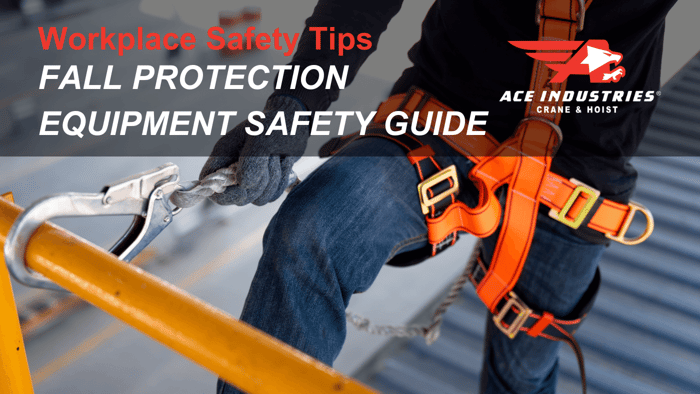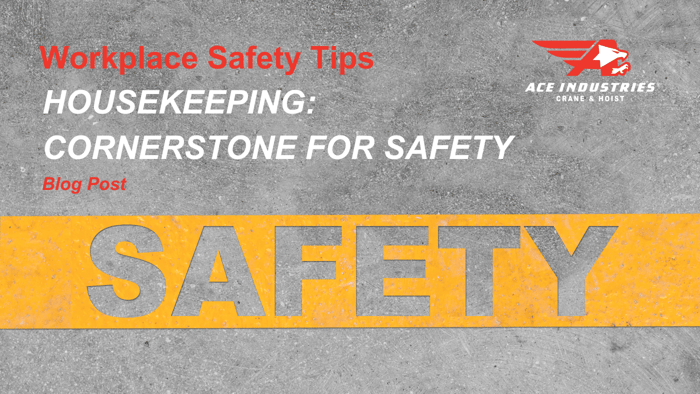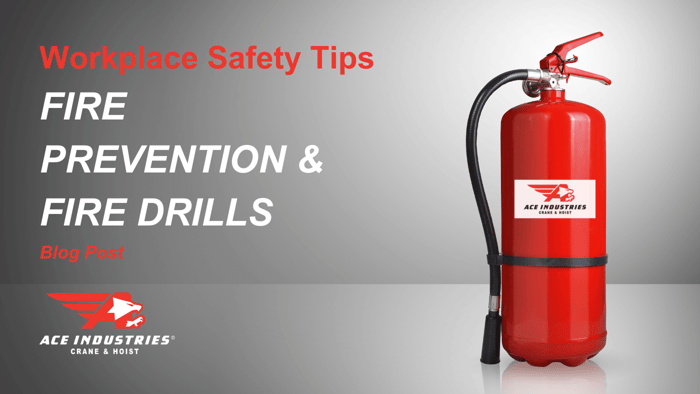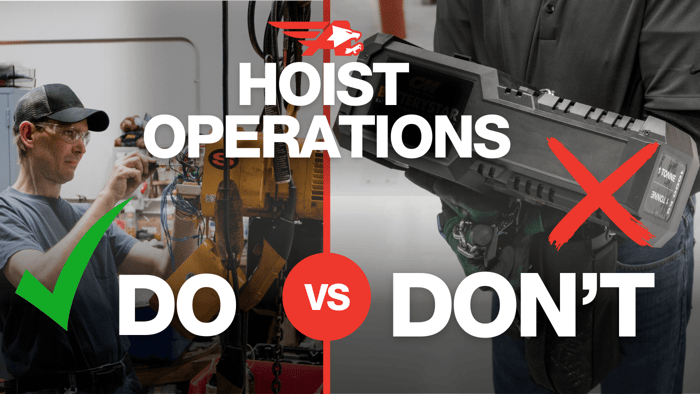
Fall Protection Equipment: A Comprehensive Safety Guide
Summary
This guide provides a comprehensive overview of fall protection equipment, from inspection and fitting to secure anchor points and company-wide policies. It emphasizes the importance of regular equipment inspection, proper fitting, and secure anchor points. It also highlights the 100% tie-off policy, designated tie-off points in aerial lifts, and other crucial safety measures. The guide includes answers to frequently asked questions about fall protection systems, the 6-foot rule, safety monitoring systems, fall protection plans, safety nets, personal fall arrest systems (PFAS), and the limitations of body belts. It concludes by emphasizing the importance of a comprehensive approach to fall protection, addressing all aspects of the system to prevent falls and injuries.
Table of Contents
- Summary
- Introduction
- Equipment Inspection and Proper Fitting
- Secure Anchor Points
- Plan Ahead and Inspect
- 100% Tie-Off Policy
- FAQs
- What are the most common fall protection systems?
- What is the 6-foot rule in construction fall protection?
- What is a safety monitoring system, and when is it used?
- What is a fall protection plan, and what are the key elements?
- When are safety nets required as fall protection equipment?
- What are the main components of a personal fall arrest system (PFAS)?
- What is the importance of inspecting fall protection equipment?
- What are the limitations of using body belts for fall protection?
- Conclusion
- Additional Sources
Introduction
Equipment Inspection and Proper Fitting
Proper equipment inspection and fitting are crucial for effective fall protection. Here are some key points to remember:
- Regular Inspections: Conduct regular inspections of your protection gear, including harnesses, lanyards, and carabiners. Check for signs of wear, damage, or corrosion.
- Proper Fitting: Ensure that your harness fits correctly and comfortably. A properly fitted harness will distribute the force of a fall evenly and prevent injuries.
- Adjustability: Adjust the straps on your harness to achieve a snug but comfortable fit. Avoid excessive looseness, as this can compromise the effectiveness of the harness.
- D-Rings: Verify that the D-rings on your harness are securely attached and in good condition.
- Lanyard Inspection: Inspect lanyards for fraying, cuts, or other damage. Check the stitching and the condition of the shock-absorbing element.
- Carabiner Inspection: Inspect carabiners for cracks, bends, or other damage. Ensure that the gate closes securely and operates smoothly.
By following these guidelines, you can help ensure that your fall protection equipment is in optimal condition and ready to protect you in the event of a fall.
Secure Anchor Points
A secure anchor point is a critical component of any fall protection system. It's the point to which your lifeline is attached, and it must be able to withstand the force of your fall.
Key considerations for selecting secure anchor points
- Strength: The anchor point must be rated for at least 5000 pounds per person. This means it can safely support the weight of a person during a fall.
- Accessibility: The anchor point should be easily accessible from your work area. Avoid points that are difficult to reach or require additional equipment to connect to.
- Stability: The anchor point should be stable and free from any obstructions that could interfere with your fall arrest system.
- Inspection: Regularly inspect anchor points for signs of wear, damage, or corrosion. If you notice any issues, report them immediately.
Common mistakes when selecting anchor points
- Using inadequate points: Never use points that are not designed for fall protection, such as pipes, conduits, or beams.
- Overloading anchor points: Don't attach more than one person to a single anchor point.
- Using damaged anchor points: If an anchor point is damaged, do not use it.
By following these guidelines, you can ensure that your anchor points are safe and reliable.
Plan Ahead and Inspect
Planning Ahead:
- Jobsite Assessment: Before starting work, assess the jobsite for potential fall hazards. Identify areas where falls could occur, such as elevated platforms, roofs, or open pits.
- Task Analysis: Consider the specific tasks you will be performing and the associated fall risks. This will help you determine the appropriate protection equipment and procedures.
- Emergency Plan: Develop an emergency plan in case of a fall. This should include procedures for rescue, medical assistance, and incident reporting.
Fall Protection Equipment Inspection:
- Daily Inspection: Conduct a daily inspection of your fall protection equipment before use. Check for any signs of wear, damage, or defects.
- Regular Inspections: In addition to daily inspections, conduct more thorough inspections at regular intervals, such as monthly or quarterly. These inspections should involve a more detailed examination of the fall protection equipment's components and functionality.
- Training: Ensure that all employees are trained on how to properly inspect their protection equipment. This includes understanding the signs of wear and damage and knowing when to replace equipment.
By following these guidelines and staying informed about fall protection best practices, we can help prevent accidents and ensure a safe working environment.
100% Tie-Off Policy
The 100% tie-off policy is a crucial safety measure that requires all employees to be connected to a fall protection system whenever they are working at heights. This policy is designed to prevent falls and injuries by ensuring that workers are always secured and protected.
Key points to remember about the 100% tie-off policy
- No Exceptions: The policy applies to all employees, regardless of their experience or job duties.
- Immediate Attachment: Workers must be attached to a fall protection system as soon as they enter a designated fall hazard area.
- Continuous Attachment: Workers must remain attached until they have safely exited the fall hazard area.
- Proper Anchoring: Workers must ensure that their fall protection system is properly anchored to a strong and reliable point.
- Regular Inspections: Fall protection systems must be inspected regularly to ensure they are in good working condition.
By strictly adhering to the 100% tie-off policy, we can significantly reduce the risk of falls and injuries in our workplace.
Designated Tie-Off Points in Aerial Lifts
- Location: Designated tie-off points are usually located on the guardrails or structural members of the aerial lift basket.
- Types: They can vary in design and strength, but they should be rated for the maximum load capacity of the aerial lift.
- Inspection: Before using a designated tie-off point, inspect it for any signs of damage or wear.
- Proper Attachment: Connect your fall protection lanyard to the designated tie-off point using a secure knot or connector.
- Avoid Improper Anchoring: Never use the guardrail itself as an anchor point, as it may not be strong enough to support your weight in case of a fall.
By using designated tie-off points in aerial lifts and following proper attachment procedures, you can significantly reduce the risk of falls and injuries.
FAQs
What are the most common fall protection systems?
Several fall protection systems can prevent falls. These systems include:
- Guardrail Systems: Barriers installed to prevent workers from falling over an edge.
- Safety Net Systems: Nets installed under workspaces to catch workers in case of a fall.
- Personal Fall Protection Systems (PFAS): Systems that anchor a worker to a secure point to prevent them from falling. These often include a harness, lanyard, and connecting devices.
- Warning Lines: Lines used to mark a safe distance from an unprotected edge and to warn workers of nearby hazards.
- Controlled Access Zones: Areas where specific work is being done without conventional fall protection and access is limited to authorized personnel.
What is the 6-foot rule in construction fall protection?
The 6-foot rule states that fall protection must be used when working at heights of 6 feet or greater above a lower level. This applies to various construction activities such as working on roofs, scaffolds, leading edges, or near excavations.
What is a safety monitoring system, and when is it used?
A safety monitoring system designates a competent person to monitor and warn workers of fall hazards. This system is typically used in situations where conventional fall protection systems are infeasible or create a greater hazard, such as low-slope roofing work. The safety monitor must be competent in recognizing fall hazards, be on the same level as workers, and have no other distracting duties.
What is a fall protection plan, and what are the key elements?
A fall protection plan is a site-specific document that outlines safety procedures when conventional fall protection methods are not feasible. Employers must justify the use of a fall protection plan. The plan should include:
- Identification of specific work areas where conventional fall protection is infeasible
- Description of alternative fall protection methods used
- Name or identification of authorized personnel in controlled access zones
- Procedures for equipment and material handling, storage, and overhead protection
- Rescue plan for workers in case of a fall
When are safety nets required as fall protection equipment?
Safety nets are typically required when working at heights where other fall protection systems, such as guardrails or PFAS, are not feasible. They must be installed as close as practicable under the walking or working surface but no more than 30 feet below. Safety nets should be inspected regularly for damage and must be clear of debris.
What are the main components of a personal fall arrest system (PFAS)?
A PFAS comprises several components working together to arrest a fall. These include:
- Anchorage: A secure point of attachment for the system capable of supporting significant force.
- Body Harness: Distributes fall arrest forces over a larger area of the body.
- Connectors: Devices like snaphooks or D-rings used to connect the harness to the lanyard or lifeline.
- Lanyard/Lifeline: A flexible line connecting the harness to the anchorage point.
- Deceleration Device: A mechanism that limits the impact force experienced during a fall.
What is the importance of inspecting fall protection equipment?
Regular inspection of fall protection equipment is crucial to ensure it is in good working condition. Inspections should occur before each use. Damage, wear, or deterioration can compromise the effectiveness of the equipment. Any damaged component should be immediately removed from service.
What are the limitations of using body belts for fall protection?
While body belts were previously permitted, OSHA now prohibits them for fall arrest. Body belts may only be used in situations where the potential fall distance is limited to 2 feet or less, such as in positioning device systems or fall restraint systems. They are no longer allowed as the primary means of fall arrest because of the high risk of injury to the worker.
Conclusion
Effective fall protection requires a comprehensive approach that addresses all aspects of the system. From the proper selection and inspection of equipment to the identification of secure anchor points and the implementation of safety policies, every component plays a vital role in preventing falls and injuries.
Ace offers Fall Protection equipment including harnesses, laynards, monorail systems, and other equipment to reduce the risk of injury in elevated work environments. View our products.
Additional Sources
OSHA - Fall Protection in Construction




